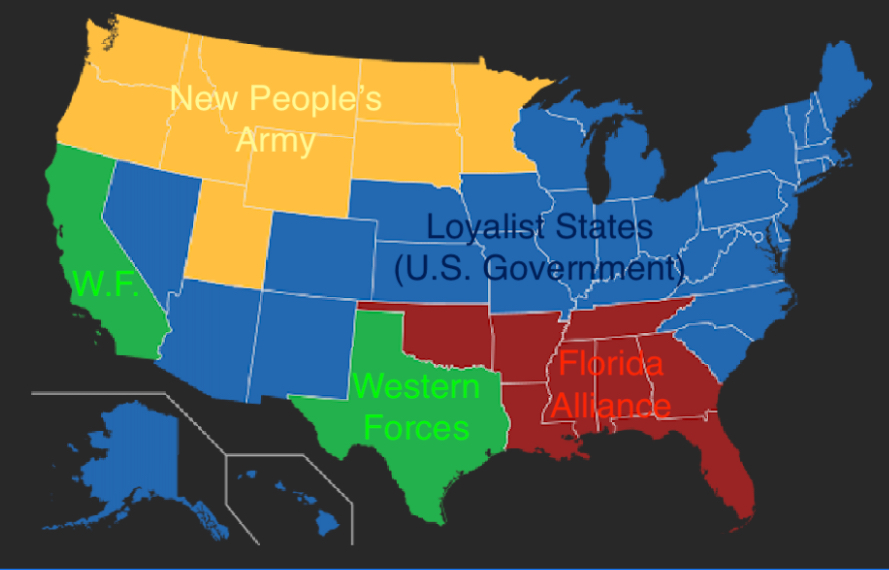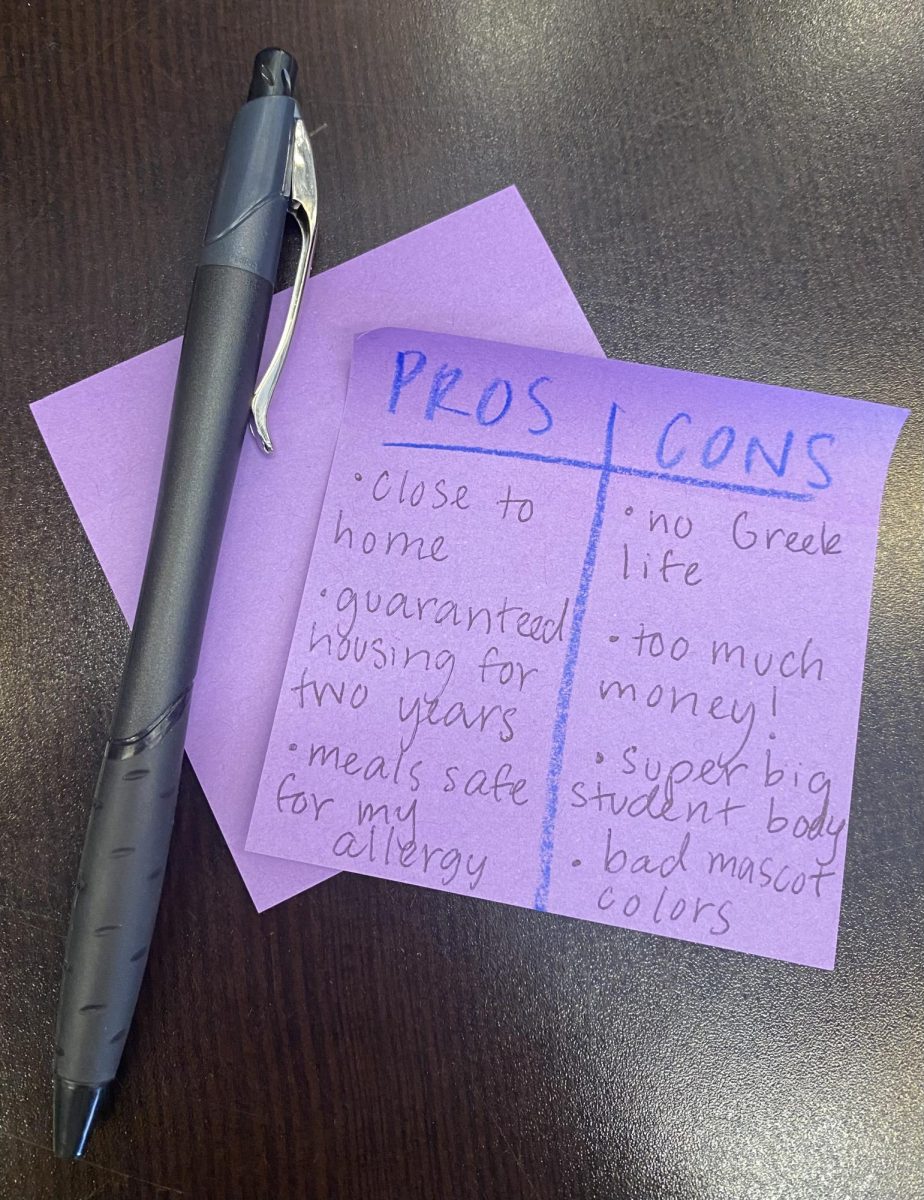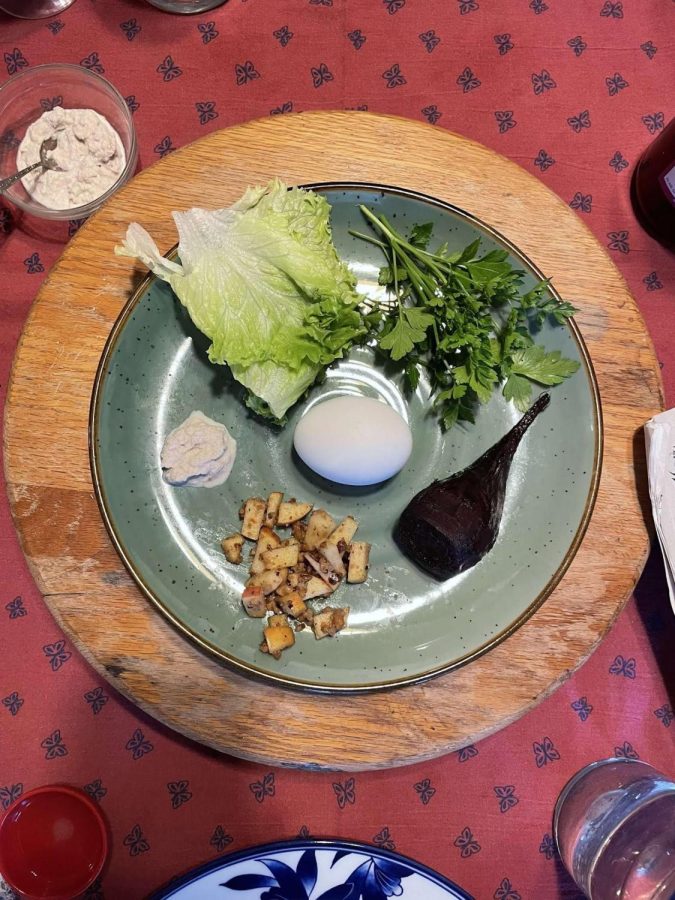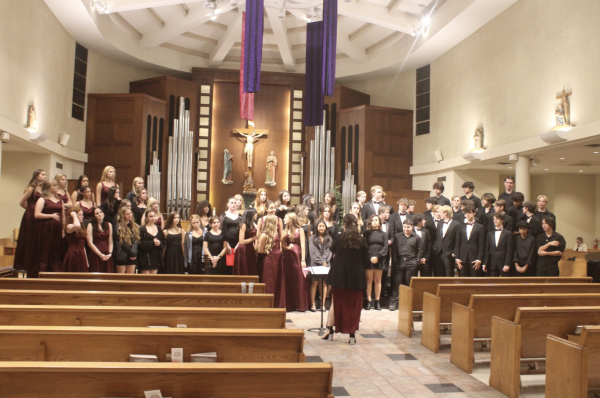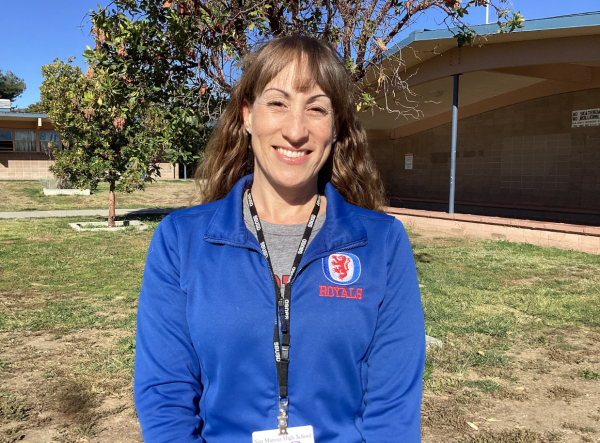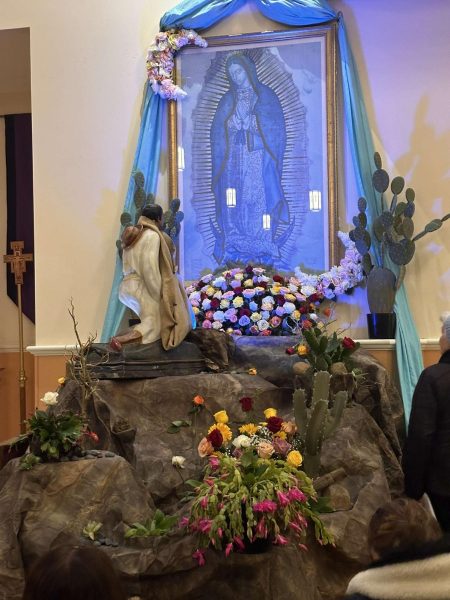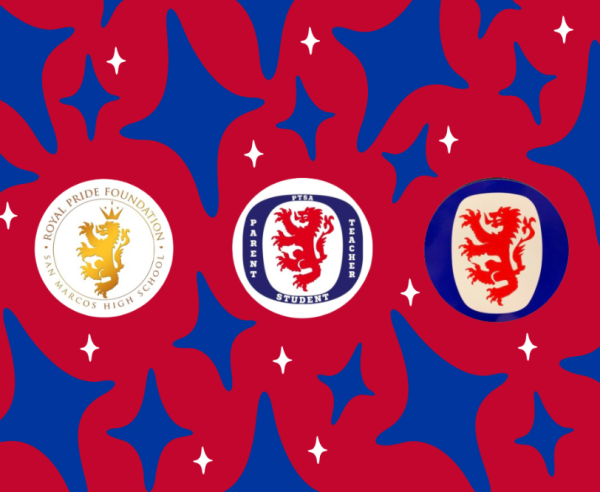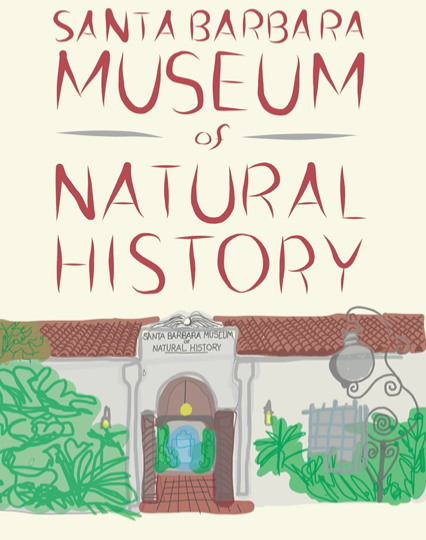The History and Traditions of Passover
The seder plate
On the evening of Wednesday, April 5, 2023, under the full moon, Jewish families all over the world will gather around the table surrounded by traditional foods, close family, and friends to begin their celebration of Passover, or in Hebrew, Pesach. This sacred holiday spans over eight days and commemorates the Israelites’ incredible departure from ancient Egypt and eventual escape from slavery. Observed by Jews every spring, Passover is a holiday rich in history, family tradition, and storytelling.
The word “Passover” has a deep meaning that not many people are aware of, but is essential in order to understand the holiday. About 3,500 years ago, the Jewish people in Egypt were enslaved by an Egyptian Pharaoh, or king. It is said that a plague cursed every Egyptian household that would ultimately result in the death of the first-born child in each family. However, because the Jewish people believed that their connection to God is strong, it led to the protection of their first born children and the plague “passing over” every Jewish home. After overcoming many obstacles, the Jewish people were finally able to escape slavery and leave Egypt to create their own country. The Passover holiday celebrates this exodus, the Jewish people fleeing Egypt and finding their own home in the land of Israel.
Passover is centered around many different traditions, all stemming from the holiday’s meaningful history. One of the main traditions is the seder, held on the first two nights of Passover. In the Hebrew language, the word seder means order. A seder is a structured meal consisting of fifteen steps and is eaten while interactively telling the story of the exodus from Egypt.
When asked about the meaning of holding a Seder, Jewish San Marcos student Lauren Wilk stated: “The seder brings family and friends together to honor our ancestors and recognize the struggles of the Jewish people.”
Every Jewish family’s seder is different, but all include reading blessings, singing songs, and eating various symbolic foods from the seder plate, which the ceremony revolves around. A seder plate has spaces for six distinct foods, each representing a different part of the Passover story and eaten at relevant times during the seder. For example, vegetables, commonly parsley, are dipped in salt water and eaten to portray the Jewish peoples’ tears during their time spent in Egypt. In Hebrew, parsley is called karpas. Maror is another symbolic food, which are bitter herbs such as horseradish or endives that are meant to symbolize the suffering of Jewish people in Egypt. Another notable tradition during a seder is the act of leaning to the left while drinking wine or grape juice. This represents the freedom and relaxation that the Jewish people felt when they were finally freed from Egypt.
Those who follow the traditional guidelines of Passover will also avoid eating any foods that contain yeast and rise when cooked during the week that follows the two seders. As told in the Passover story, the Jewish people did not have time to wait for their bread to fully rise before fleeing Egypt during their exodus. This is commemorated by eating a cracker-like bread called matzah during the seder and over the course of Passover. Thus, matzah has become one of the most essential parts of the holiday. Jews also abstain from eating any other bread products that have had an efficient time to rise including pasta, most baked goods, and other grains as well as barley, oats, and rye.
The Jewish people use food to tell the story of Passover and to remember the strength of their ancestors as they overcame slavery in Egypt.
When asked about the significance of traditions revolving around food during Passover, Rabbi Zalmy Kudan, youth director of Chabad Santa Barbara and director of the Jewish Club at San Marcos, said: “We eat the matzah, the flat bread of humility, together with the bitter maror, to internalize the message of humility as a tool to overcome the bitter times.”
Perhaps the most crucial aspect of Passover is remembering the hardships that the Jewish people went through as slaves in Egypt and as they escaped. By observing the holiday through seders, time spent with family, and eating certain foods, Jewish people achieve their goal of passing down the meaningful story of Passover for generations to come.
“Passover reminds us to never give up, remain humble, and allow the tough times to become days of celebration, as we experience the freedom to choose to do the right thing,” Rabbi Zalmy added.
Your donation will support the student journalists of San Marcos High School. Your contribution will allow us to purchase equipment and cover our annual website hosting costs.

Lily is a 9th grader at San Marcos High School. This is her first year writing for the King’s Page and she is excited to experience working on a newspaper...













